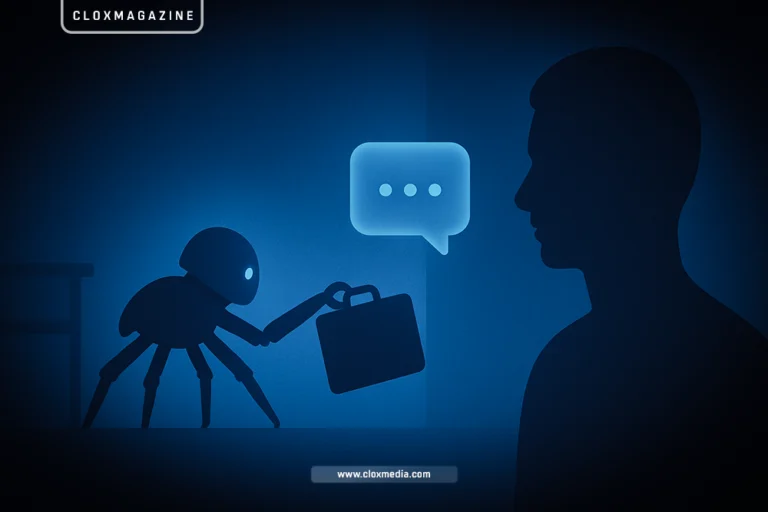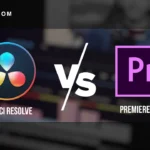The Ethical Concerns Brought About by the Use of GPT-Powered School Calculators
Over the past few years, there have been remarkable advances in various aspects of artificial intelligence (AI) software. The education sector, however, is facing a new frontier due to mobile united communication technologies – especially GPT-Powered features like ChatGPT, which integrate with tools that have always been students’ aids, say, calculators. Such a recently developed version with ChatGPT in a non internet connected hacked TI-84 calculator has generated enough controversies of how technology interferes with the ethics of learning. Such paper discusses the effects of these inventions and changes on the education sector. Let’s dig deeper:
NOTE: This is an official Research Paper by “CLOXLABS”
Trends in the Use of AI Services in Education
Most people including students have become accustomed to using the internet owing to the development of AI with ChatGPT being a common example that mimics human interactions in its operation. Its application in the scope of educational aids evoked in equal measures hope and apprehension. On the one hand, the AI system has got several distinct advantages for the students: explaining complicated ideas, providing of individual-oriented learning, supporting homework and assignments’ completion. On the other hand, it carries a lot of risks, especially concerning the issue of cheating in academia.
This disruption has been highlighted in a viral youtube video, featuring a school calculator powered by GPT. This alteration is described as the ‘perfect cheating tool’ since this modified TI-84 enables students to use answers generated through AI when taking stets; thus, a complete avoidance of conventional teaching and performance measures. While this particular development displays the many uses that the AI can be put to, the flipside is upto serious ethical and practical issues. But there’s still something that might worry us :
All Ads on this website are served by GOOGLE
– WE CALL IT : ” The ethical dilemma “
What stands out as the main ethical concern of employing the AI in the calculator is academic dishonesty. Students in every part of the globe are tested through standardized tests and assessments for their understanding and progress. What happens to these testing procedures when the students have the convenience to just go to the AI tool whenever they are stuck and just provide a bare minimum of information? It concerns whether or not there are really any assessments…
This problem is not a simple issue of ‘cheating’ or ‘deceiving’ one’s tutors and/or test administrators. It addressed larger concerns about learning. If students A.P. the understanding of A.I.-adjusted algebra equations, one worries for the worse possible future generations. There won’t be significant knowledge and understanding in any of the subject and therefore their future academic pursuits and career achievement will be in jeopardy.
Except for faking, no alternatives exist to the misuse of technology. In such circumstances, barriers are supposed to be viewed positively as one party can always laugh over the cyborg teacher as they have the upper hand. This raises questions about fairness and equity in educational measures.
– The Duty of Teachers/Institutions
As education technology increasingly has replaced or supplemented traditional teaching methods with various forms of artificial intelligence (AI), there is going to be a decrease in the amount of plagiarism from students and in the students’ desperate searches for outside help. One possible direction is focused assessments that help to identify what the student knows through analysis rather than memorization through exams that consist of a huge number of questions which students would have readily answered using support from AI tools. Rooted context-based assessments encourage students to construct knowledge and meaning. Instead of submitting assignment documents, students could present the projects to the class.
Moreover, learning institutions should taper their liberality concerning the application of gadgets in examination rooms. Exam calculators are one of the basic utilities permitted during exams. Those gadgets which can connect to the internet or incorporate AI features remain a substantial threat and would have to be controlled and prohibited in exam rooms.
All Ads on this website are served by GOOGLE
– The Future of AI in Education
The issue of the GPT-connected calculator is just the first argument of controversies about using AI in education. The world is developing and it is clear that AI technology will be used more and more both in teaching and in learning processes. The problem will be how to make the use of this technology effective and beneficial for education rather than destructive.
Personalized education can to a great extent benefit from AI and assist the education system in several ways. Modified educational resources, for example, can be made to incorporate learning apps, which seek to understand what part of learning is too hard for the student and implement exercises that fill this learning gap. Such kinds of services could shape the future of education in a way that it will be both more efficient and inexpensive.
AI has its fair share of limitations and drawbacks. Therefore, while using AI technologies in learning contexts, certain ethical principles will need to be adhered to by all people involved. The process of formulating AI policies in education should be inclusive and address teachers, technology specialists, policy analysts, as well as students since these instruments should be utilized properly and fairly.
Summation
The adoption in schools of calculators with GPT features is a double edged sword in direction in which education is heading into in the future. On the one hand such appliances are entirely the last word in technology, while on the other hand it calls for the proper integration of technology into learning. Given all this, it is important to be clear on the possible energy balance between supporting the integration of technology in education and preserving academic values.
However, time without support advances in educational, policy and technological design and implementation explaining what these principles try to achieve is both ending access to limitations of use of awe-inspiring as a shortcut to all the deeds. Only that way can we accept the reality where AI is incorporated into education for improvement and not for degradation of the educational process.
Wanna know more about CLOXMEDIA services? – CLICK HERE
About the Author:
Amir Ghaffary – CEO of CLOXMEDIA – is on a relentless mission to revolutionize our grasp of the future, blending visionary insight with cutting-edge technology to craft a new paradigm of modern understanding. His work transcends traditional boundaries, bridging the gap between what is and what could be, inspiring a generation to rethink the possibilities of tomorrow. By advocating for a deeper integration of AI, digital transformation, and forward-thinking innovation, Amir is not just predicting the future—he’s actively shaping it, pushing society to embrace a bold new reality where technology and human potential are intertwined like never before.

All Ads on this website are served by GOOGLE








